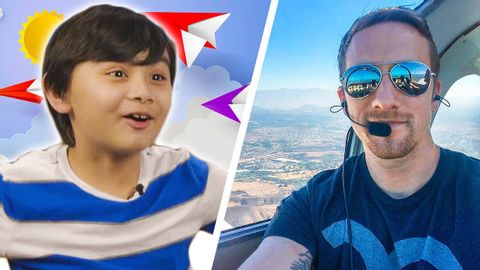
Subtitles & vocabulary
Kid Vs. Pilot: How Planes Work
00
Summer posted on 2020/06/08Save
Video vocabulary
bunch
US /bʌntʃ/
・
UK /bʌntʃ/
- Noun (Countable/Uncountable)
- A group of things of the same kind
- A group of people.
- Transitive Verb
- To group people or things closely together
B1
More basically
US /ˈbesɪkəli,-kli/
・
UK /ˈbeɪsɪkli/
- Adverb
- Used before you explain something simply, clearly
- In essence; when you consider the most important aspects of something.
A2
More average
US /ˈævərɪdʒ, ˈævrɪdʒ/
・
UK /'ævərɪdʒ/
- Noun (Countable/Uncountable)
- Total of numbers divided by the number of items
- Transitive Verb
- To add numbers then divide by the number of items
A2TOEIC
More commercial
US /kəˈmɚʃəl/
・
UK /kəˈmə:ʃəl/
- Noun
- Radio or television advertisement
- Adjective
- Designed for or primarily concerned with financial success.
B1
More Use Energy
Unlock All Vocabulary
Unlock pronunciation, explanations, and filters
